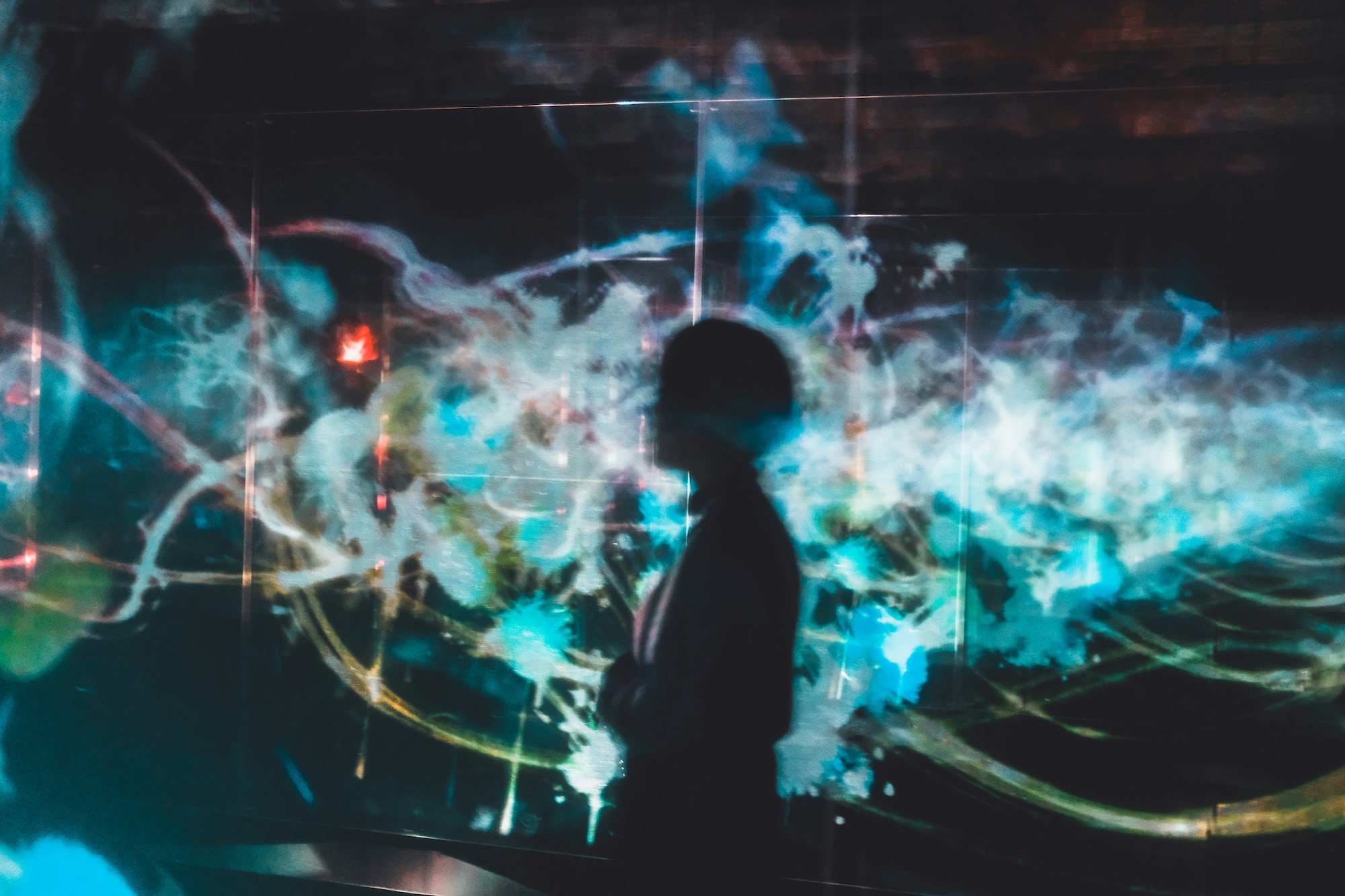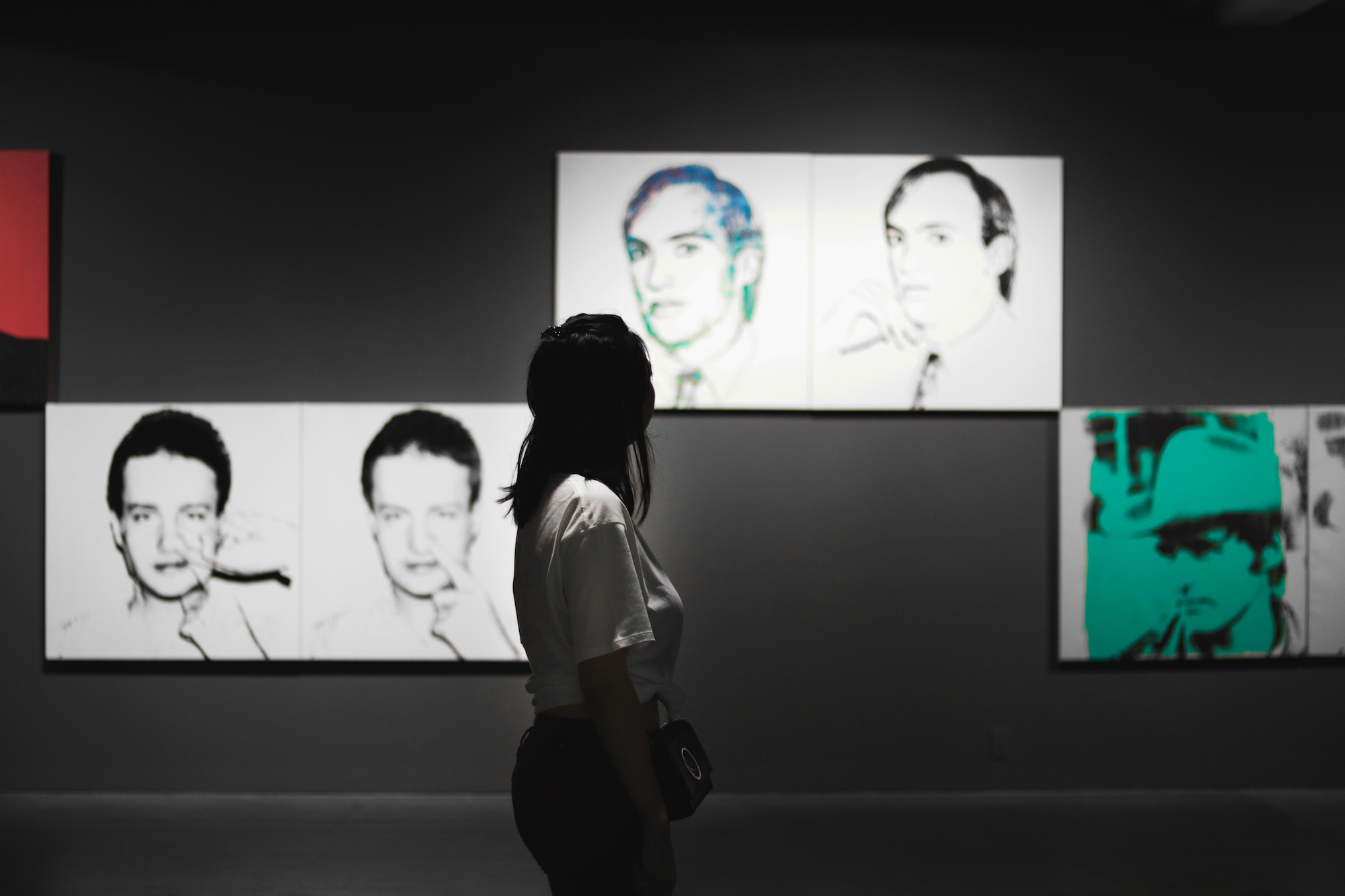Audience Engagement in the Arts: A Guide to Public Programming with Daniel Atkinson
Duration: Oct 12 – Nov 9, 2023
Fee: 189€
Max seats: 30
Enroll before: Oct 8, 2023
Live sessions:2 hrs/week
Public programs play a vital role in the experience of art – from educational and participatory activities, such as artist talks, performances, and workshops, to outreach initiatives in schools, communities, and beyond. They offer art museums and curators multidimensional ways to engage diverse audiences, facilitate community-building, and create memorable experiences.
This course gives a comprehensive guide to public programming and audience engagement by exploring their history, theory, and especially their practice. We will cover questions such as: How do we forefront the public in public programs? How to decide what form a public program should take? What are the practical hands–on aspects needed to realize a public program? Through these questions and more, participants will discover how to shape their own present and future programs.
We will focus on three key areas of public programming: interpretive programming (programs done in response to an exhibition or other prompt), independent programming (programs that are created for their own purpose), and experimental or interdisciplinary programming. Case studies–both from the instructor’s programs and from around the world–and short readings will help us as we explore these forms.Since public programming occurs in a wide range of art organizations and independently, this course is for artists, curators, cultural workers, educators, museum and other arts nonprofit staff, academics/professors, and more. By the end of the course, participants will have a greater understanding of the many possibilities of public programming and the practical skills needed to engage art audiences in innovative and inspiring ways.
Session 1: Introduction
- Introduction to the program and each other, as well as course overview.
Session 2: Theory and History of Public Programming
- This session will provide a framework for public programming in the arts.
- Guiding questions: What is the history of public programming? Why program for publics?
- Using readings, lecture, and conversation we will cover the various histories that make up public programming, looking at how theories of curation, pedagogy, and performance impact its history, focusing in particular on the idea of the public.
Session 3: Interpretive, Independent, and Experimental Programming with the Public
- This session will provide ideas for public programming and give an introduction to methods of programming.
- Guiding questions: What are the possibilities of public programming? How to decide on the program form?
- Using readings, case studies, and conversation we will consider a range of public programs to uncover the possibilities for our practice.
Session 4: Programming for the Public from A to Z
- This session will provide insights into the practice of public programming.
- Guiding questions: What are programming “best practices”? What tools are needed to program for the public?
- Using a lecture format supplemented by documents, the instructor will cover the fundamentals of putting on a public program.
Session 5: Collaborative Practices Within and Between Organizations for the Public
- This session will explore how to realize programs that seem challenging or even impossible by programming collaboratively.
- Guiding question: How do we program together? What are the opportunities and challenges of working with other institutions?
- Now that we understand how to build programs on our own, using readings, lectures, and conversation we will talk about how to create programs working with others.











